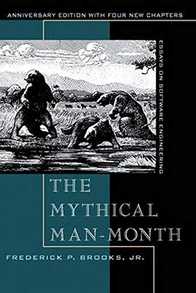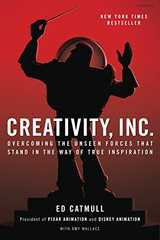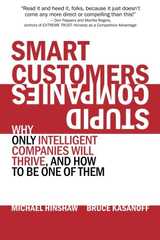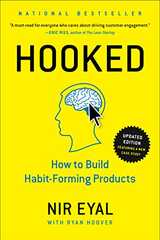
The Mythical Man-Month: Essays on Software Engineering
byFrederick P. Brooks Jr.
A classic book on Software Project Management, with a number of principles and methodologies that are still relevant today. Many concepts originated from TMMM such as Software Craftsmanship and the 10x rule that very good professional programmers are ten times as productive as poor ones. The early origins of agile were talked about as well as the importance of regression testing and unit testing. TMMM was one of the early champions for having good documentation and the DRY principle, Do not Repeat Yourself. Two of the most popular concepts from the book are the myth of of adding more developers to a project, which can in fact cause a project to be even more late and No Silver Bullets, which is the delusion of a quick shortcut to productivity.
Motivations to Read
I've often come across this book listed in some list for must read for technologists. Frederick talks about the software development process and the myths that can hinder a project. Still being early in my Software Development career, I am trying to learn as much as I can from industry experts so I can avoid mistakes and help my projects succeed.
3 Reasons to Read
- Principles about managing software projects
- A framework to think about the nature of software
- Uncover common myths in software development
Notable Quotes
“A baseball manager recognizes a nonphysical talent, hustle, as an essential gift of great players and great teams. It is the characteristic of running faster than necessary, moving sooner than necessary, trying harder than necessary. It is essential for great programming teams, too.” - Frederick P. Brooks Jr. “As time passes, the system becomes less and less well-ordered. Sooner or later the fixing cease to gain any ground. Each forward step is matched by a backward one. Although in principle usable forever, the system has worn out as a base for progress. ...A brand-new, from-the-ground-up redesign is necessary.” - Frederick P. Brooks Jr. “Adding manpower to a late software project, makes it later.” - Frederick P. Brooks Jr. “For the human makers of things, the incompletenesses and inconsistencies of our ideas become clear only during implementation.” - Frederick P. Brooks Jr.
The Mythical Man-Month: Essays on Software Engineering Notes & Summary




